Robert De Niro at Work: From Screenplay to Screen Performance (Palgrave Studies in Screenwriting)
£17.20£23.70 (-27%)
Robert De Niro at Work is the first critical study to examine how Robert de Niro, perhaps the finest screen actor of his generation, works with screenplays to imagine, prepare and denote his performance. In categorising the various ways in which De Niro works with a screenplay, this book will re-examine the relationship between actor and text. This book considers the screenplay as above all a working document and a material object, present at every stage of the filmmaking process. The working screenplay goes through various iterations in development and exists in many versions on set, each adapted and personalised for the specific use of the individual and their role. As the archive reveals, nobody works more closely with the script than the actor, and no actor works more on a script than De Niro.
Read more
Additional information
| Publisher | Palgrave Macmillan, 1st ed. 2020 edition (10 Nov. 2020) |
|---|---|
| Language | English |
| Paperback | 259 pages |
| ISBN-10 | 3030479595 |
| ISBN-13 | 978-3030479596 |
| Dimensions | 14.81 x 1.57 x 21.01 cm |

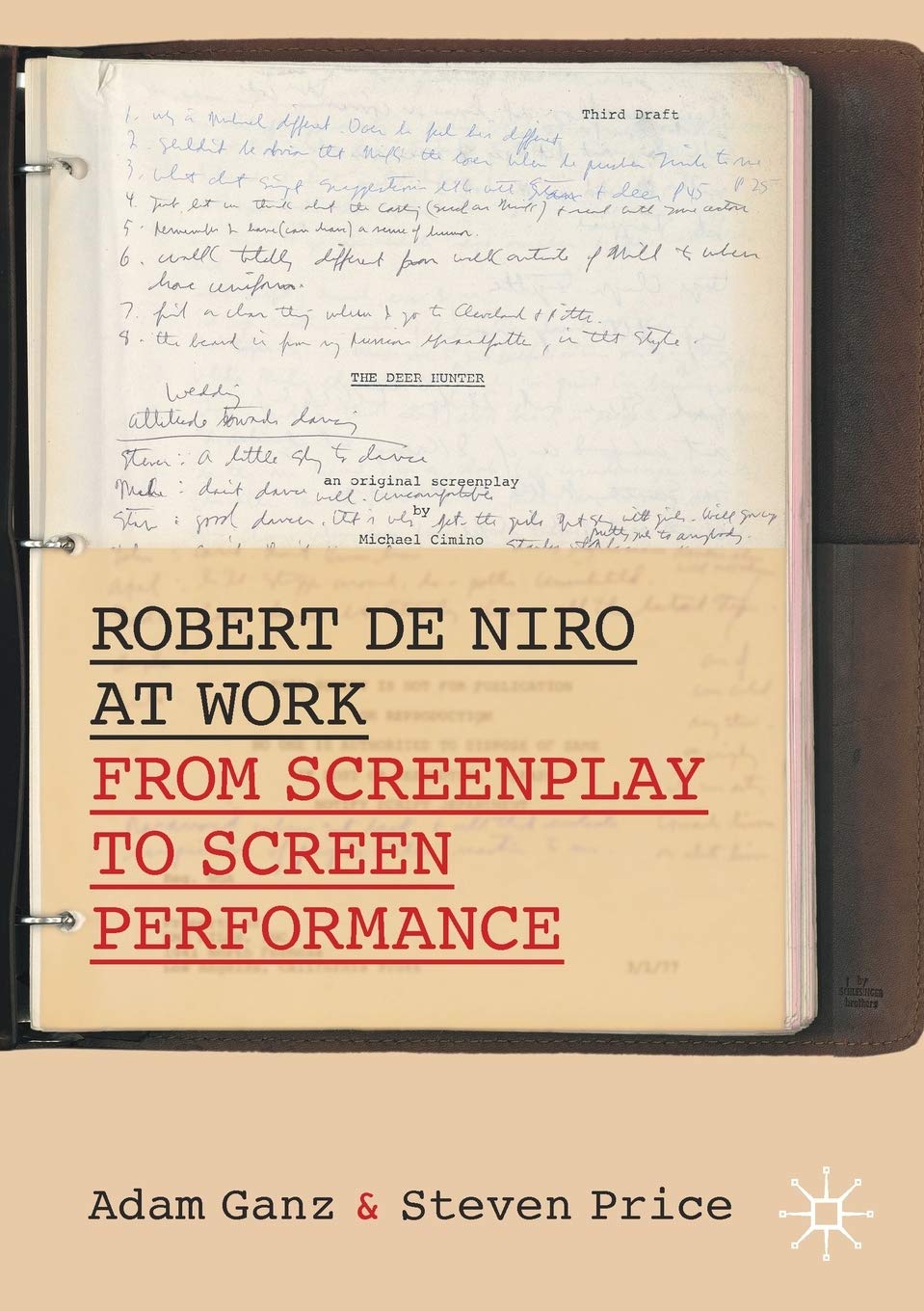
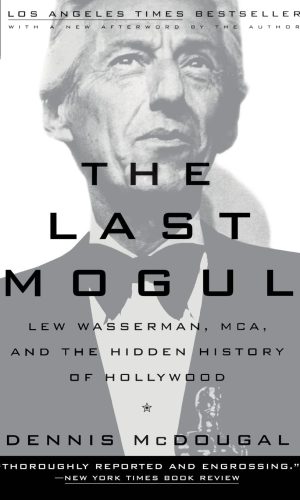
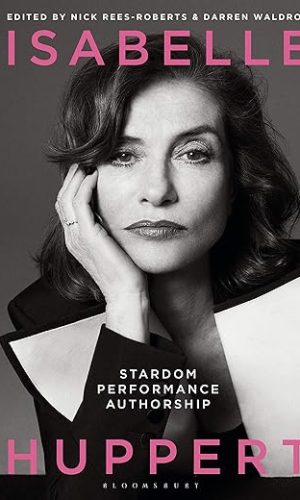
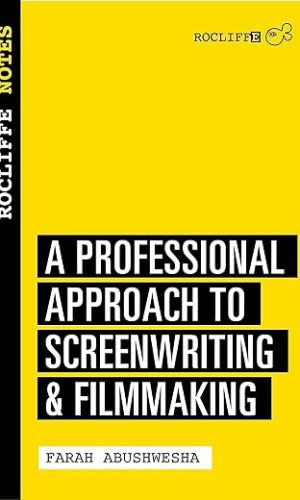

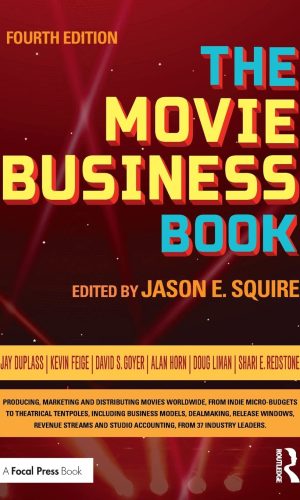

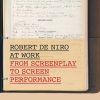
by Plug
Co-author Adam Ganz was my PhD supervisor so I am pleased to be able to review this new book co-written with Steven Price.
The authors setup their discussion of their research into Robert De Niro’s archive by referring to screenplays as both ‘boundary’ and ‘material’ objects. But given the depth of De Niro’s own screenplay analysis, demonstrated by his extensive annotations of the various screenplays examined in the book, I think they neglected to consider screenplays as ‘analytical’ objects.
Screenplays are subject to a significant number of analyses, by various stakeholders, the results of which accrue qualitative ‘layers’ to the transformation of the screenplay into a movie. The analysis begins with the writers as they struggle to revise and rewrite their initial drafts. Script readers analyze for go/no-go decisions. Producers analyze for budget and marketability. Actors for role interpretation and performance. Directors, cinematographers and other production managers for planning and executing the shoot.
As the book shows, a top actor like De Niro takes his work very seriously as demonstrated by his detailed analysis of the screenplays he performs. Sometimes flippant and sometimes dismissive but always more or less profound, De Niro’s screenplay annotations show how the mind of a great actor works when presented with a screenplay from which he is tasked to perform and how he uses analysis to make a role his own.
My PhD focused on the quantitative analysis of screenplays using software tools – something that will only become more prevalent with the rapid rise of AI. But Ganz and Price’s book, together with its direct reference to De Niro’s source material, shows how important qualitative analysis of screenplays is to ensure that it will be a long time before AI can auto-generate movies blessed with the humanity of an actor’s touch like that of De Niro.
This is a fascinating book for anyone interested in screenplays and for actors to see how the best approach their craft.
by Marion ToledoAmazon Customer
Readers familiar with the work of Adam Ganz will not be surprised. Co-written with Steven Price, his fellow collaborator from the
Journal of Screenwriting
, the book continues Ganz’s precise interdisciplinary research. He often uses theoretical frameworks like data mining and Correspondence Analysis to examine a range of audiovisual subjects, from reality television to screenwriting guru Robert McKee’s story methodology. However, Ganz’s approach is also informed by his non-academic output, which includes radio dramas, BBC shows, and films like One Armed Bandits
(1990), written and directed by him. Echoing arguments from previous work, like his contention that a screenplay is “one side of a dialogue with an audience” rather than a mere blueprint for a film (Ganz, 2011, p. 131),
Robert De Niro at Work
establishes how crucial an actor’s decisions are, both individually and collaboratively, to shape the end result of a film project.
It is an invaluable resource for film students and cinephiles of every age and background. For all the deserved praise that De Niro receives regularly, much of the concrete, less glamorous hard work his performances entail remains largely unacknowledged. If film is by default a collaborative art form, then surely books like this, focusing on that sort of unsung work, are to be cherished by everyone who likes cinema.
Gberg
by Anil Kumar
A compelling and insightful book into one of Hollywood’s hardest working actors. It doesn’t delve into his exact technique, if he has one that is, but analyses and deduces from his script annotations what it could be. Adler with a bit of improv thrown in perhaps? No idea but his approaches to Goodfellas character Jimmy Conway as well as his thoughts on some of his characters is fascinating. More for the fans than performers as it’s too academic in parts but worth a read nonetheless.
by JA
It’s full of wonder at the skill and sheer hard graft that went into De Niro’s iconic performances. Some lovely discoveries in here as well as vivid writing from the authors. They reminded me how acting is the “appearance” of improvisation, both naturalistic and stylized. The focus is on the practical guts of performance and film-making – how you can discuss it till the cows come home but ultimately the best way to talk about it is to make the film. This is unusual in film writing and it’s where the book soars because you get more insight from a few pages of De Niro’s annotations than a dozen interviews. It’s full of gold – from the margins of Taxi Driver: “Maybe just be still like a stick of dynamite”. Has any critic summed up Travis Bickle better? I was tickled to learn De Niro plays screenwriters too – his annotations on The Untouchables adopt Mamet’s own dialogue riffs. As well as considerations on dialogue and staging we do a deep dive into Capone’s underwear among other paraphernalia – another memorable note to self: “Don’t let the clothes wear me, I wear the clothes”. I hadn’t realized key films are about performance itself – makes me want to rewatch Raging Bull asap. There’s a lot of fun film history here including a chapter on The Last Tycoon, somewhat overlooked in De Niro’s canon. The book concentrates on the key films of the 70s and 80s but takes in The Irishman and Joker, itself a mash-up of Taxi Driver and King of Comedy where De Niro is Brando to Phoenix’s De Niro. The book’s conclusion takes an unexpected but very satisfying turn into the ethics of performance with De Niro’s “out-of-character” public opposition to the most inauthentic performer of our age, a man De Niro sees as unperformable, having no possibility of redemption. The writers of this book have clearly been greatly moved by their study of De Niro’s archive and have responded with an inspiring text of their own. I’ve read a LOT of film books and never anything quite like this. I look forward to more archives being raided with such precision and passion.